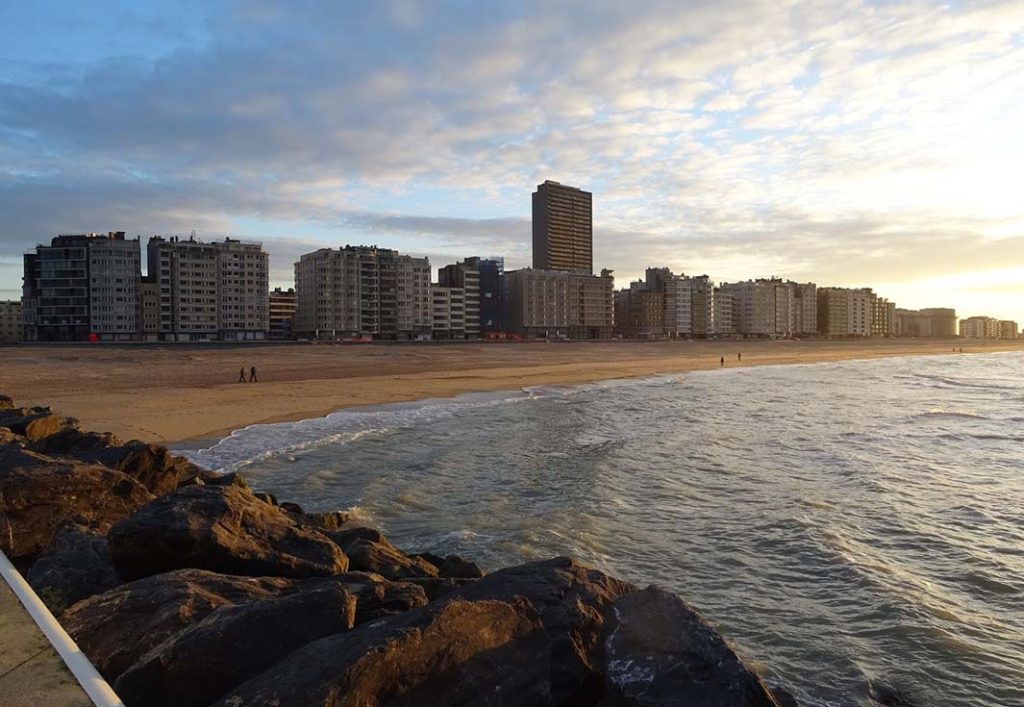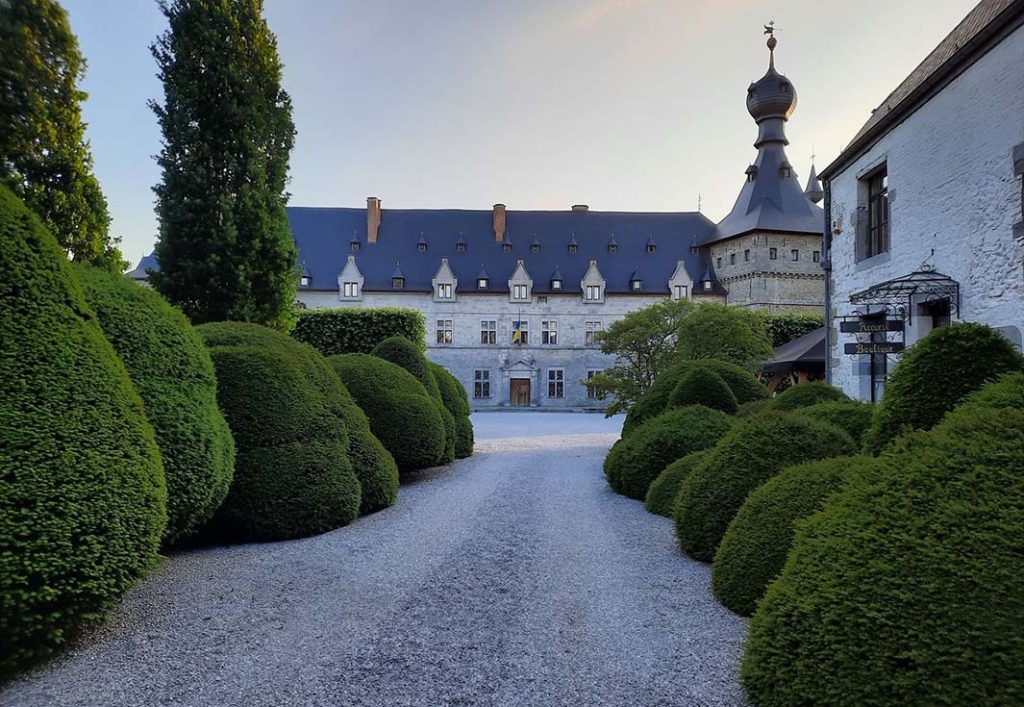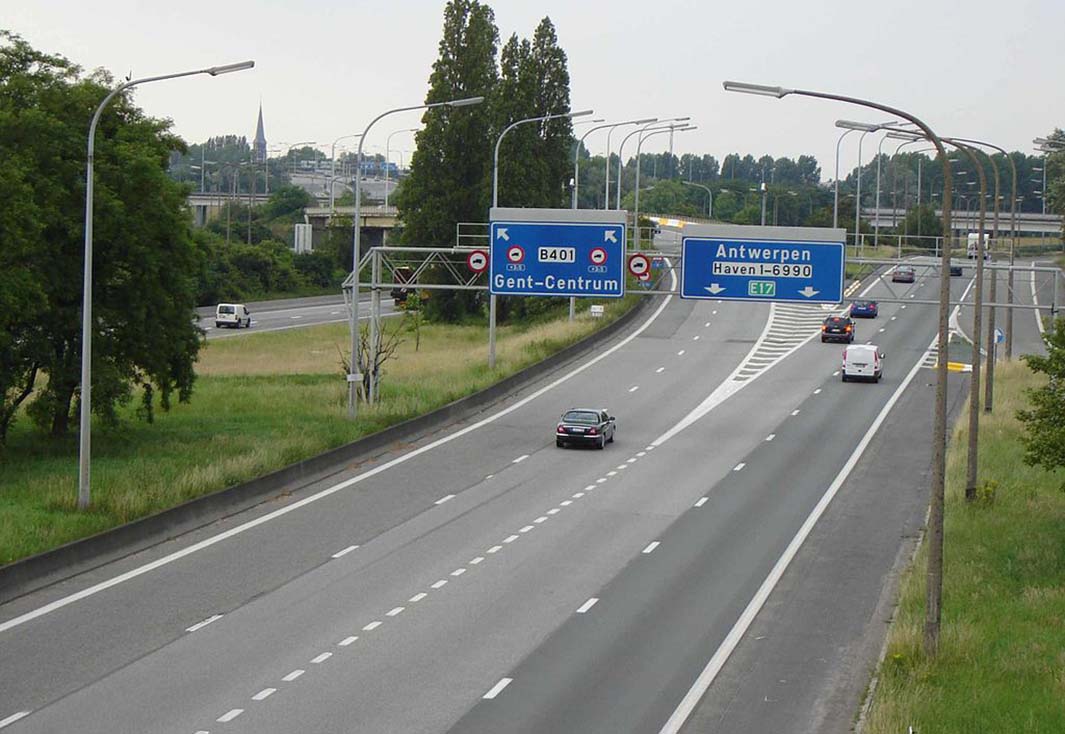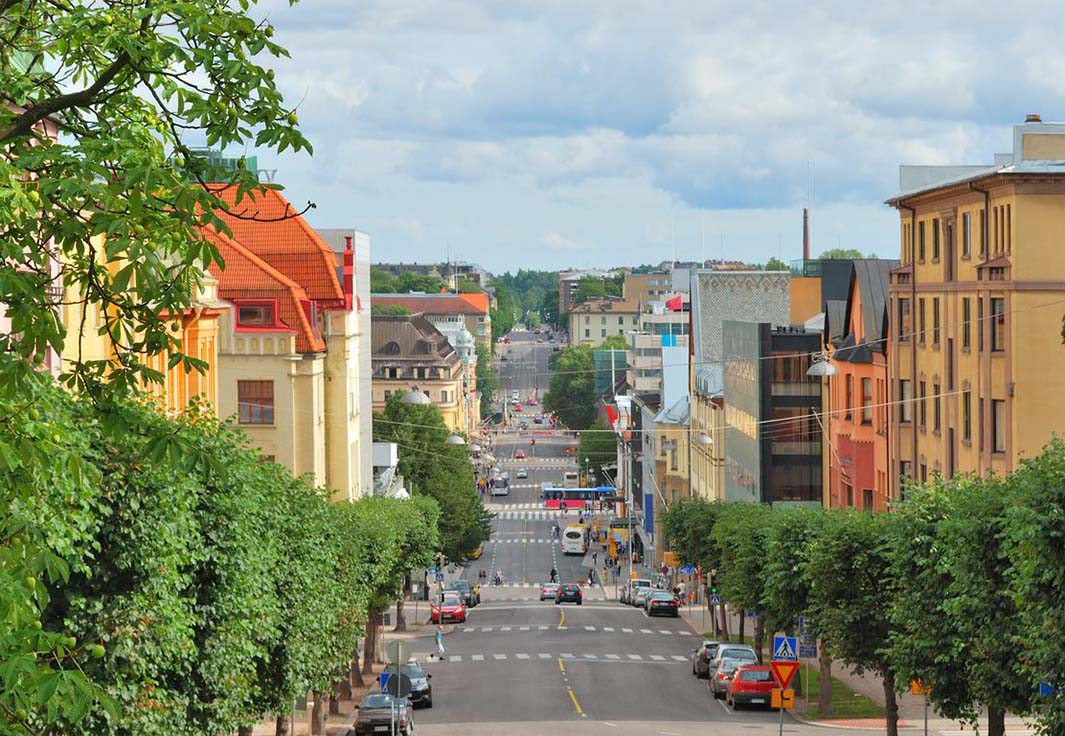Belgium may be a small country, but it’s packed with breathtaking scenery, charming towns, and roads that seem made for a leisurely drive. On my recent trip, I decided to take the scenic route, literally, and explore Belgium by car. From the historic cities to the rolling hills and the stunning coastline, Belgium offers some truly memorable driving experiences. Having the freedom to travel at my own pace, stopping wherever the landscape called out to me, made this journey one of the best road trips I’ve ever taken.
1. The Coastline Drive: From De Haan to Knokke-Heist
I began my road trip along the Belgian coast, a stretch of sandy beaches and picturesque seaside towns. Starting in De Haan, a charming beach town known for its Belle Époque villas, I immediately felt like I’d stepped back in time. De Haan is quieter than some of Belgium’s more touristy beach towns, making it the perfect place to unwind. I parked the car and took a leisurely walk along the promenade, taking in the sea breeze and enjoying a coffee at a local café.

From De Haan, I continued my journey up the coast toward Knokke-Heist, Belgium’s most fashionable beach resort. The drive itself is beautiful, with views of the North Sea on one side and dunes on the other. Knokke-Heist feels a bit more upscale, with luxury shops, art galleries, and fine dining restaurants. I stopped for lunch at a seafood restaurant overlooking the beach, where I had one of the best moules-frites (mussels and fries) I’ve ever tasted.
Driving along the coastline is perfect for those who want a mix of relaxation and sophistication. The roads are easy to navigate, and there are plenty of places to stop for a walk along the beach or a bite to eat.
Highlights of the Coastline Drive:
- De Haan: A peaceful seaside town with Belle Époque architecture.
- Oostende: A bustling port city with a long beach promenade and a vibrant nightlife.
- Knokke-Heist: A chic beach resort, great for shopping, dining, and people-watching.
2. The Ardennes Adventure: Exploring Nature’s Beauty
Next, I took a detour inland to the Ardennes, Belgium’s lush, forested region known for its rugged beauty. If you love nature, this is the drive for you. The Ardennes are a complete contrast to the flat coastal region, with rolling hills, dense forests, and winding rivers. As soon as I entered the region, the air felt fresher, and the scenery changed dramatically.
I started my drive in the town of Dinant, a picture-perfect town nestled along the River Meuse, with towering cliffs and the Collegiate Church of Notre-Dame dominating the skyline. Dinant is also the birthplace of Adolphe Sax, the inventor of the saxophone, so it’s a fun stop if you’re a music lover. I parked near the river and took some time to explore the town on foot, visiting the Citadel of Dinant, which offers breathtaking views of the river valley below.
Leaving Dinant, I drove deeper into the Ardennes, passing through small villages and forests. The roads here are narrow and winding, but that’s part of the charm. Along the way, I stopped at La Roche-en-Ardenne, a small town famous for its medieval castle ruins. The surrounding hills and valleys make this town a popular spot for hiking, and after a long day of driving, I was tempted to stretch my legs on one of the many trails.
Highlights of the Ardennes Drive:
- Dinant: A scenic town on the River Meuse, known for its cliffs and citadel.
- La Roche-en-Ardenne: A charming town with a medieval castle and great hiking trails.
- Bouillon: A historic town with a stunning castle overlooking the Semois River.
3. The Castles of Wallonia: A Journey Through History
Belgium is home to some of Europe’s most impressive castles, many of which are nestled in the Wallonia region. This scenic drive took me through the heart of Wallonia, where I visited several breathtaking castles, each with its own unique history and architectural style.

My first stop was Château de Beloeil, often called the “Versailles of Belgium” because of its grand gardens and elegant façade. The castle is surrounded by beautifully manicured gardens, and I spent some time wandering through them before touring the interior. Inside, the castle is filled with tapestries, antique furniture, and an impressive library.
From Beloeil, I continued my journey to Château de Modave, perched on a cliff overlooking the Hoyoux River. This castle feels more remote, tucked away in the countryside, and offers a more intimate glimpse into Belgian nobility. The drive to Modave was particularly scenic, passing through forests and farmland, with the occasional glimpse of a church spire in the distance.
My final stop on this castle tour was Château de Bouillon, one of Belgium’s most famous castles, located in the Ardennes. The drive to Bouillon was one of the most picturesque parts of the trip, with winding roads that followed the Semois River. The castle itself is enormous, with a network of tunnels and chambers to explore. From the top, I had a stunning view of the surrounding countryside.
Highlights of the Castles of Wallonia Drive:
- Château de Beloeil: A grand castle with stunning gardens, often compared to Versailles.
- Château de Modave: A beautifully preserved castle with scenic views over the countryside.
- Château de Bouillon: A massive medieval fortress in the heart of the Ardennes.
4. The Flanders Fields Drive: History and Remembrance
For a more somber but deeply meaningful drive, I headed to the Flanders region to visit the World War I battlefields and memorials. This drive takes you through some of Belgium’s most historically significant landscapes, where some of the most intense fighting of the First World War took place.
I started in Ypres, a city that was almost completely destroyed during the war but has since been rebuilt. The drive into Ypres is lined with cemeteries and memorials, and the weight of history is palpable. In the city, I visited the In Flanders Fields Museum, which tells the story of the war and its impact on the region. Every evening at 8 PM, the Last Post Ceremony takes place at the Menin Gate, a moving tribute to the soldiers who lost their lives.
From Ypres, I followed the road to Tyne Cot Cemetery, the largest Commonwealth war cemetery in the world. The rows of white headstones are a stark reminder of the scale of the conflict, and I spent some quiet time reflecting here. The drive continued through Passchendaele, where one of the bloodiest battles of the war took place.
This drive through Flanders Fields is a sobering experience, but it’s one that I would recommend to anyone interested in history. The landscape is peaceful now, with rolling fields and quiet villages, but the reminders of the past are ever-present.
Highlights of the Flanders Fields Drive:
- Ypres: A city rebuilt after World War I, home to the In Flanders Fields Museum and the Menin Gate.
- Tyne Cot Cemetery: The largest Commonwealth war cemetery, a place of quiet reflection.
- Passchendaele: The site of one of the most infamous battles of the First World War.
5. The Limburg Blossom Route: A Springtime Delight
For those who love nature and are visiting Belgium in the spring, the Limburg Blossom Route is a must. This scenic drive takes you through the fruit-growing region of Limburg, where in springtime, the orchards are filled with blooming cherry, apple, and pear trees. The sight of thousands of trees in bloom, with their delicate white and pink flowers, is truly magical.
I started the drive in the town of Sint-Truiden, which is the heart of Belgium’s fruit-growing region. The roads here are lined with orchards, and in spring, it’s like driving through a tunnel of blossoms. Along the way, I stopped at a few roadside stands selling fresh fruit and local products like apple cider and jams.
The Blossom Route is perfect for a leisurely drive, with plenty of opportunities to stop and take photos or go for a walk among the orchards. I also visited a couple of fruit farms, where I learned about the region’s agricultural history and even tried my hand at picking some fresh apples.
Highlights of the Limburg Blossom Route:
- Sint-Truiden: The starting point of the route, known for its fruit orchards and local produce.
- Hasselt: A nearby town famous for its jenever (Belgian gin) and historic town center.
- Orchard Walks: Many farms along the route offer tours and tastings during the blossom season.
The Joy of Exploring Belgium by Road
Belgium’s scenic drives offer a glimpse into the country’s diverse landscapes, from its rugged forests to its peaceful coastlines, and from its historic castles to its war-torn fields of Flanders. Renting a car and taking these roads at my own pace allowed me to experience the real Belgium, far beyond the typical tourist attractions. Whether you’re a history buff, a nature lover, or just someone looking to explore at your own pace, a road trip through Belgium will leave you with unforgettable memories.




